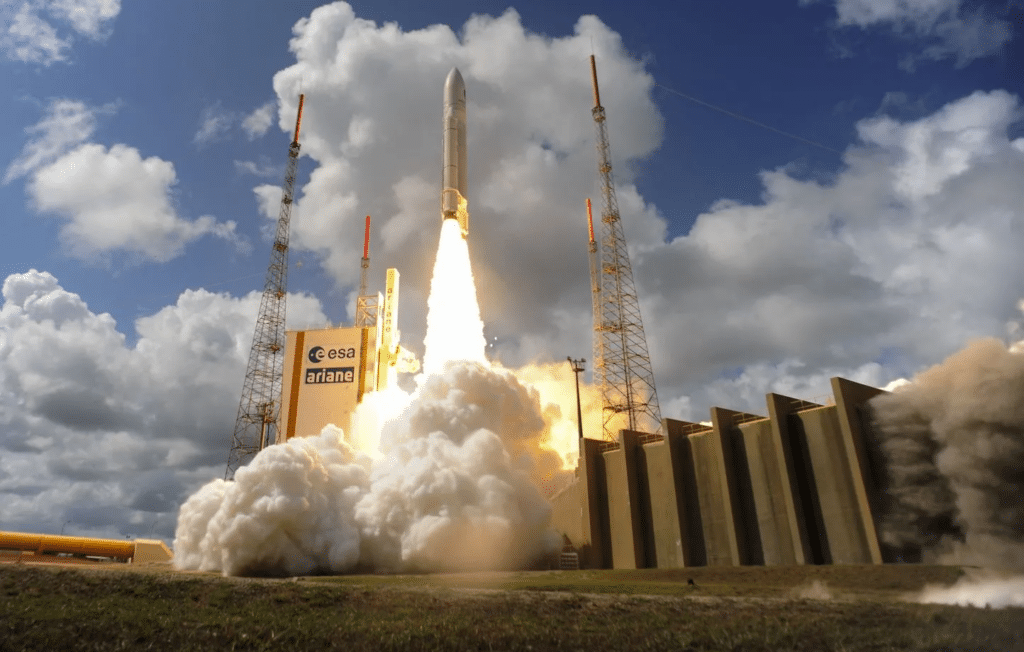The successful launch of the Ariane 6 rocket on Tuesday July 9 marks a strategic turning point for Europe in the international space race. The event, which took place in French Guiana, symbolizes the return of Europe’s autonomy in space, and its rise in the face of fierce competition from SpaceX and other international players.
Europe today celebrates a milestone for its space program with the successful maiden flight of the Ariane 6 rocket. The long-awaited launch took place on Tuesday from Kourou, in French Guiana, and launched several micro-satellites into orbit.
This success symbolizes Europe’s return to space autonomy after a year’s absence, and marks a strategic turning point in the face of fierce competition from SpaceX.
“Europe is back,” said Joseph Aschbacher, Director General of the European Space Agency (ESA). ESA is an independent organization of the European Union, but it implements the EU’s space programs.
“This is a historic day for ESA and for Europe”, said Philippe Baptiste, Director of France’s Centre national d’études spatiales (Cnes).
This launch marks the end of a difficult period for Europe, which lost its autonomous access to space after the end of Ariane 5 operations a year ago. This is excellent news, as the space economy looks set to flourish: according to Novaspace, it should be worth $822 billion in 10 years’ time, almost two-thirds more than today.
Technological challenge
In Kourou, the tension was palpable as soon as the countdown began. Ariane 6 finally rose into the sky to the cheers of the control room. Each phase of the flight, carefully scrutinized, went according to plan. The Vinci engine, the main innovation on this new launcher, fulfilled its role perfectly, enabling satellites to be ejected into different orbits, despite a slight malfunction at the end of the mission.
Click here to read the entire article on Luxus Magazine.
Featured photo : © ESA



















